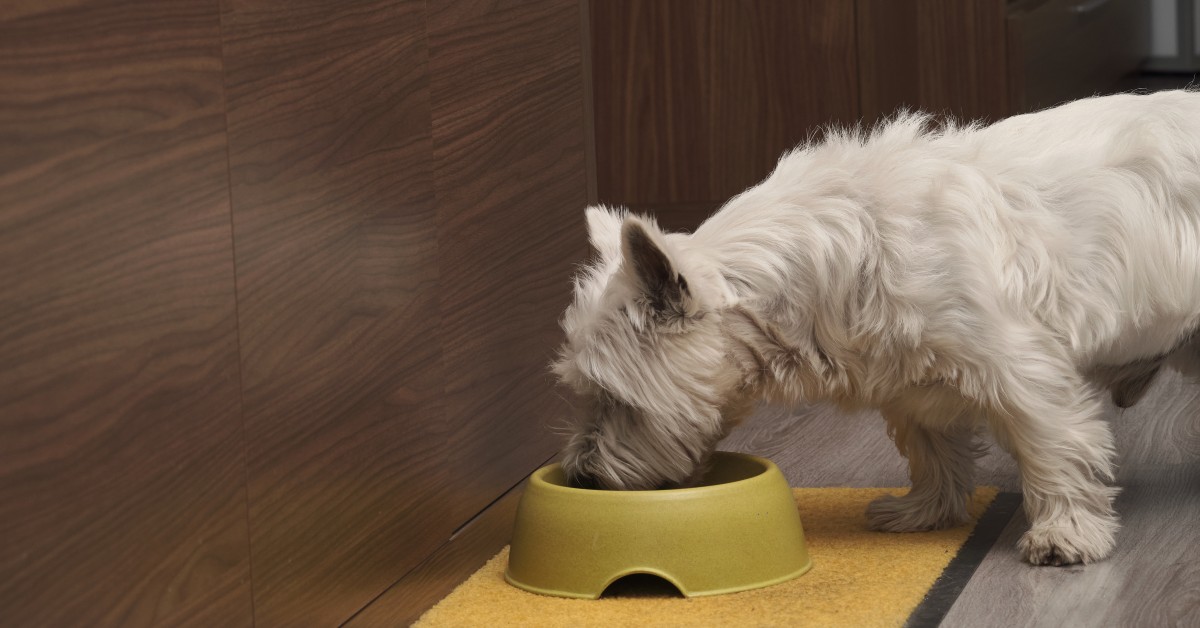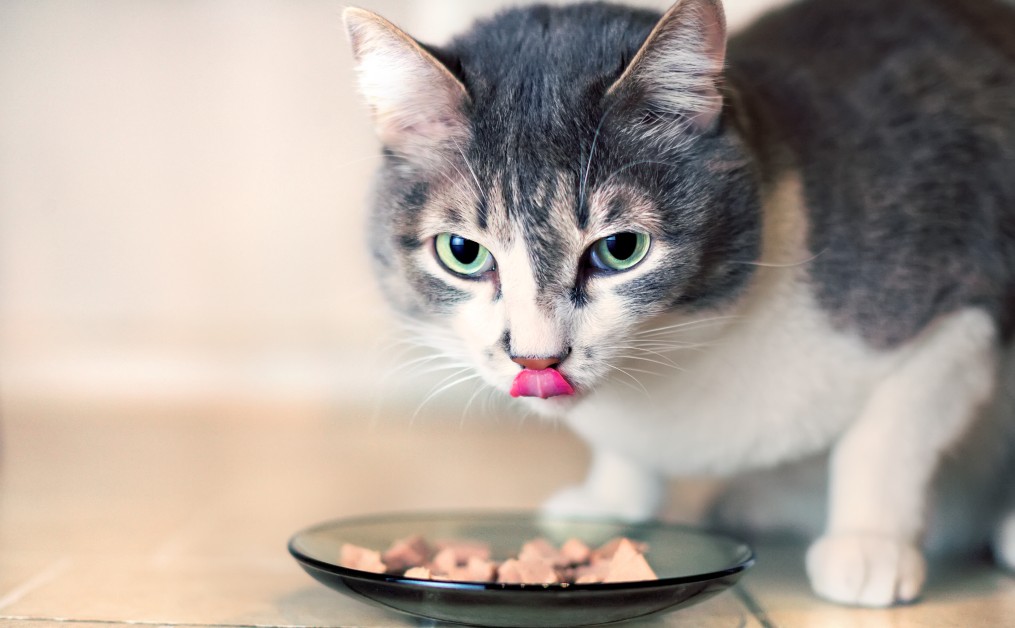Pet Owner's Guide to Reading Pet Food Labels
Choosing the right pet food for your dog or cat means knowing how to understand pet food labels and ingredient lists.

Do you know what’s in your pet’s food? Many pet owners overlook pet food ingredient lists, often focusing on aspects like price. However, not all commercial pet foods offer high-quality, balanced nutrition, which is necessary to keep your furry friend healthy and active. When reading and comparing pet food labels, pay close attention to the ingredient list, the order in which the ingredients are printed, and what substances you want to avoid. Let’s break down how to read and understand cat and dog food labels.
Nutritional Standards and Regulatory Bodies
Pet food labels are regulated at a federal level by the Food and Drug Administration (FDA), as well as at a state level. In most cases, state requirements rely on guidelines established by the Association of American Feed Control Officials (AAFCO), which sets nutritional standards to ensure that commercial pet foods meet the necessary dietary needs of animals.
Both FDA and AAFCO pet food label requirements include:
- Concise product identification (e.g., brand name, product name, designated species, etc.)
- Name and address of the distributor and/or manufacturer
- Net quantity (e.g., the amount of food in the container)
- Ingredient list from most to least, based on weight
- Calorie content information
- Guaranteed analysis of nutrients
- Feeding instructions, including in detail the amount of food that should be fed based on the pet’s age and weight
- Nutritional adequacy statement
How to Read the Ingredient List on Pet Food Labels
One of the first things you’ll notice when reading a pet food label is the ingredient list. Similar to human food labels, pet food labels are written in a specific order, with the ingredient with the highest weight being listed first and the rest in descending order. The first five ingredients on the label make up the bulk of the product and can give you insight into what you can expect the product to deliver in terms of nutritional content.
Most pet food labels contain the following ingredient types:
1. Protein Sources
Pet foods generally contain one or more protein sources, such as beef, chicken, salmon, or lamb. Protein sources must be specific and not generic, such as “poultry” or “meat.” Both cats and dogs require high-quality proteins for proper immune function, muscle development, and overall health.
2. Fats
Next, look for ingredients that deliver healthy fats, such as fish oil or chicken fat. Omega-3 and omega-6 fatty acids are an excellent addition to pet foods as they help reduce inflammation and promote a shiny coat. Healthy fats are essential for healthy skin and proper brain function.
3. Carbohydrates
Review the food label for carbohydrate sources, such as sweet potatoes, rice, or oats. Carbohydrates are necessary for your pet to maintain energy and keep them active. Avoid carbohydrate sources that are less nutritionally sound and are often used as fillers, such as corn and wheat.
Nutritional Information and Marketing Terms
While the list of ingredients is important to understand, there are other things to consider when reading the ingredient list, such as guaranteed analysis (GA). This important section of the food label highlights the nutritional content of the food, including the maximum and minimum percentages of fiber, fat, crude protein, and moisture. The FDA requires all pet foods to list the nutritional composition of the product. Look for:
- Crude Fiber – Adequate fiber is required in pet foods as it helps with digestion and bowel regularity. It is especially important in cat food as it can help prevent hairballs and constipation.
- Crude Fat – The body requires fat for energy and to support normal bodily functions. Avoid pet foods with too much fat, as this can contribute to obesity. Fat content should be appropriate based on the pet’s age, size, and lifestyle.
- Crude Protein – Protein levels in cat and dog foods should be sufficient to support energy, muscle growth, and activity. Check that the crude protein aligns with your pet’s stage of life, whether you have a puppy, adult, or senior animal.
- Moisture – Moisture levels in pet foods can range considerably based on the type of food, such as wet food or kibble. Most wet foods have a moisture level of around 75 percent, while dry kibble moisture levels range from 10 to 12 percent.
Next, you’ll want to look at the nutritional adequacy statement. This statement indicates whether the pet food meets AAFCO nutritional requirements. You can typically find this statement on the bottom or back of the bag and will determine whether the product is intended to be a treat or a complete meal that offers balanced nutrition.
Finally, you’ll want to review any marketing terms presented on the packaging or food label. For example, some pet foods will be labeled as “organic” or “natural.” While these terms sound the same, they don’t mean the same thing. Certified organic foods generally carry the U.S. Department of Agriculture (USDA) seal, while natural generally means food that is minimally processed and does not contain artificial additives. Natural pet foods often do not have a standardized certification.
Achieving Balanced Nutrition for Your Pet
Knowing how to read pet food labels can give you peace of mind that you’re feeding your cat or dog a balanced, nutritionally sound diet. Remember, feeding your pet high-quality pet food is one of the best ways to help them live a long and healthy life.
Ready to start saving money on pet wellness care?
Then take a look at Mint Wellness, the pet wellness plan that provides fast reimbursement on routine pet care. Save on vaccinations, wellness exams, preventatives, dental, and more!
Learn More


